“Green” Christmas trees prove a hit
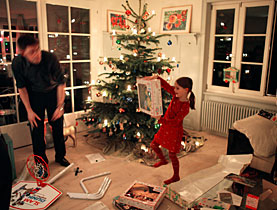
Many Swiss are opting for home-grown Christmas trees this year, fuelled by concerns over the environment and quality.
This trend towards “green” trees is bringing tidings of comfort and joy to both local tree growers and environmental groups.
According to industry figures, the demand for Swiss Christmas trees has doubled to 300,000-400,000 a year in the past decade. Domestic trees now account for up to 40 per cent of the annual market.
The development has kept IG Suisse Christbaum, the umbrella group of Swiss Christmas tree producers, very busy.
“Our members are not able to meet the whole demand at the moment,” the group’s Josef Brägger told swissinfo.
The huge growth in the group’s membership – from 30 members when it was founded six years ago to 180 at present – also attests to a boom.
An ideal market share would be more than 50 per cent, said Brägger. “We are striving towards a much higher market share but when you plant young Christmas trees it takes six to eight years until they are ready to be cut, so we can’t change our output straightaway,” he explained.
The rest of the market is filled by imports, with many trees coming from big producers Germany and Denmark.
But it seems that many Swiss like to know the origin of what they are buying, said Brägger.
Eco concerns
“There are also environmental considerations; people don’t want trees which have been transported over long and environmentally-unfriendly distances,” he added.
This trend is very much welcomed by conservation group Pro Natura, which recommends buying locally grown spruces. “The longer the transport, the more difficult it is to have to have ecological Christmas trees,” said the organisation’s Urs Tester.
“The other point is that locally grown trees mostly come from forests and sustainable forestry and not from plantations like in other countries,” he told swissinfo.
Danish and German trees are often farmed intensively on big plantations. Producers use pesticides and fertilisers, neither of which is allowed in Switzerland. There can also be problems with the soil and that fact that huge tracts of land are taken up by the seasonal trees.
“Trees in the forest are often grown in areas where you can’t grow other trees, for example, under power lines where trees are not allowed to grow very high,” Tester said.
Local growth
Buying from your local producer, farm or Christmas market not only means extra pennies for the local economy.
Often trees have only just been cut. This makes them fresher and less prone to shedding needles than foreign trees which may have been chopped down well in advance of the festive period, says Brägger.
Swiss trees are also competitively priced, although Christmas trees have become more expensive generally due to demand outstripping supply across Europe.
Prices range from SFr20 ($16.4) for an average sized spruce to SFr40-45 for a bushier Nordmann fir. Speciality species may, however, cost up to ten per cent more.
Traditionally the Swiss buy their home trees in the week before Christmas. Unlike in Britain and the United States, real candles – always with a bucket of water handy – are often lit. But times are a-changing.
“What we have seen in the past few years is that people are also buying a second tree which they put in the garden in the first week of Christmas and for which they use electric lights,” Brägger said.
swissinfo, Isobel Leybold-Johnson
Tree trunks should not be sharpened to a point as that way they dry out more quickly. Trees can be watered to keep them fresh and reduce the chance of fire from lit candles.
There are more than 1,000 house fires from festive candles left burning during the run-up to Christmas, according to the Swiss Fire Prevention Information Centre.
If you don’t know where a tree comes from, look for a Forest Stewardship Council label, which indicates that the tree comes from a sustainably grown area.
According to the Swiss Forest Management Association, fake trees are not very green either as not only do they have to be produced but they also have to be thrown away. Real Christmas trees are collected by the refuse services after the festive season.

In compliance with the JTI standards
More: SWI swissinfo.ch certified by the Journalism Trust Initiative

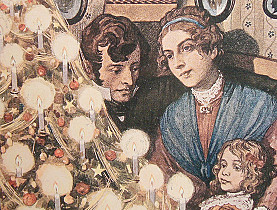
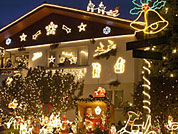
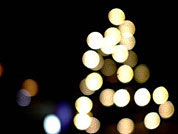
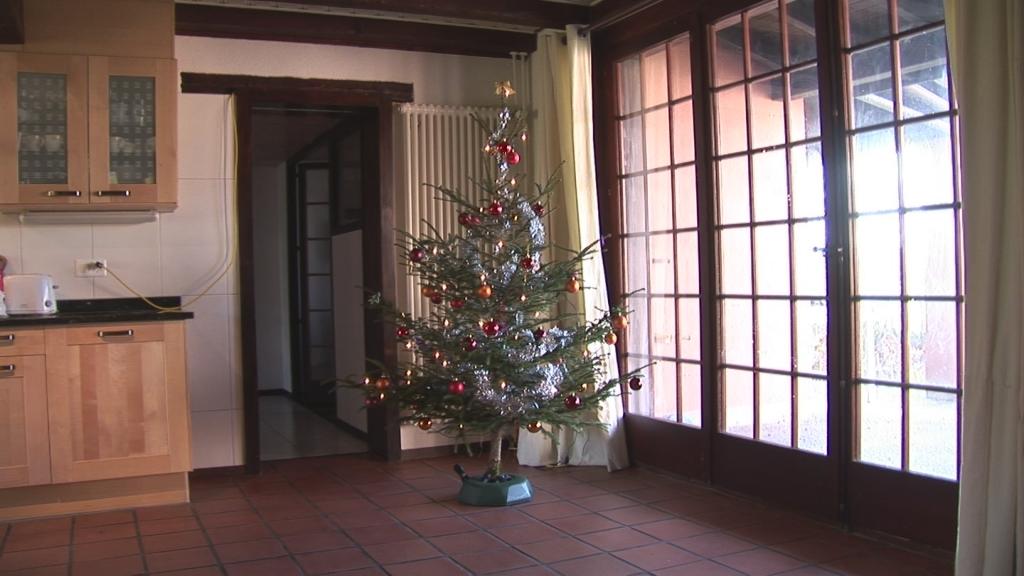
You can find an overview of ongoing debates with our journalists here. Please join us!
If you want to start a conversation about a topic raised in this article or want to report factual errors, email us at english@swissinfo.ch.